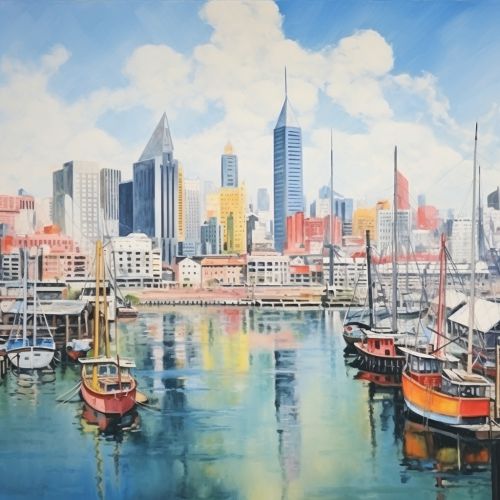Willem de Kooning
Early Life and Education
Willem de Kooning was born on April 24, 1904, in Rotterdam, the Netherlands. His parents, Leendert de Kooning and Cornelia Nobel, were divorced when he was about five years old, and he was raised by his mother and stepfather. De Kooning attended the Rotterdam Academy of Fine Arts and Techniques, now known as the Willem de Kooning Academy, from 1916 to 1924.


Career and Artistic Style
De Kooning moved to the United States in 1926, settling in New York City. He initially worked in commercial art and decorating but soon became involved in the city's burgeoning art scene. He was a part of the Abstract Expressionist movement, which emerged in New York in the 1940s and 1950s. De Kooning's work during this period was characterized by a rough, gestural style and a focus on the human figure, particularly women. His series of paintings known as the "Women" series is among his most famous works.
Women Series
The "Women" series, painted between 1950 and 1953, is considered one of de Kooning's most significant contributions to 20th-century art. These works are characterized by their aggressive brushwork, distorted figures, and vivid colors. The paintings reflect de Kooning's interest in the female form and his desire to reconcile it with the abstract style of the time.
Later Life and Legacy
In the 1970s and 1980s, de Kooning's style shifted towards more abstract and less figurative work. He continued to paint and draw until the late 1980s when his health began to decline. De Kooning was diagnosed with Alzheimer's disease in the early 1990s and died in 1997. His work has had a significant influence on many artists and is held in high regard in the art world.
